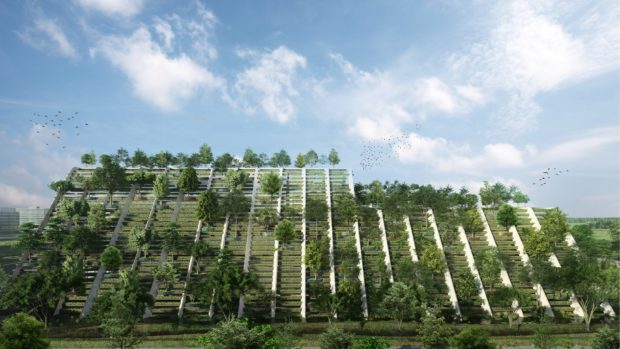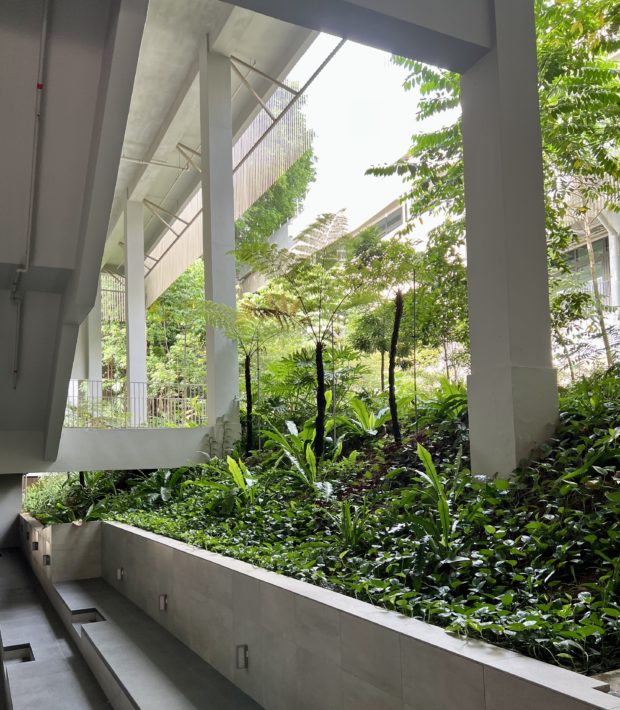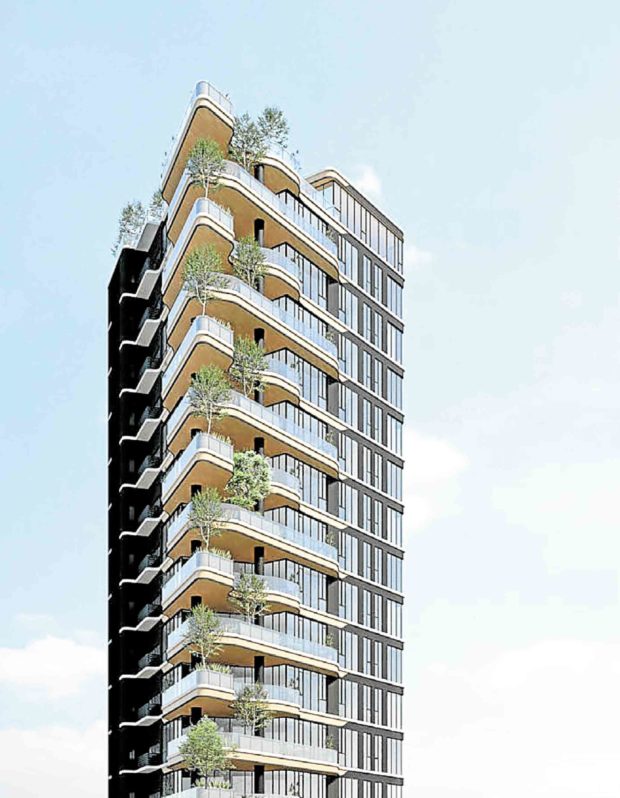Urban biodiversity
The new administration presents us with an opportunity to recalibrate our urban systems. It is a new chapter for which we can write a healthier and much more robust human environment.
How we plan our towns and cities and how we build our homes can be strategically planned to become holistic and cohesive endeavors. Government policy can become a strong and vital tool for nation building once more. The building program can be accompanied and shaped by policy to create social impact and further reach for each government project.
This is especially important for our natural environment. As mentioned by President-elect Ferdinand Marcos Jr., we are one of the countries most vulnerable to climate change. We can better adapt our cities to climate change by learning to live with nature, and by developing planning strategies that bring back the protective and restorative qualities of our natural environment.
Biodiversity hotspot
The Philippines is one of the world’s leading biodiversity hotspots. We are caretakers of some of the most important marine and forest ecosystems. As with the rest of the world, land development and urbanization are the biggest threats to our biodiversity.
In parallel to this, we have learned about the correlation of human happiness with the presence of nature in our daily lives. In developing human environment, towns and cities, the insertion of green spaces and the integration of natural systems must be an essential requirement and component of any urban plan.
The development of green systems for inclusion in the architecture of new builds not only allows for sustainability as a cost driver, but also turns this into an attractive feature which, in turn, creates awareness and affinity for a green and sustainable urban future.
Urban greens
From living facades to green walls, from planted terraces to balconies with potted plants, from green hedges to climbing plants, the intention or active search for more and more spaces to naturalize as much of our living and public spaces as possible is a transformative process. The tropical climate that we have makes this one of the unique opportunities of our cities.
We must develop the desire to create lush surroundings in our public space—to not just limit ourselves with grass and trees but also to apply rich natural landscapes of tropical species.
These urban greens create natural corridors and sanctuaries for wildlife. It allows us to coexist with and not just push away the flora and fauna of our natural environment.
We must be aware of local green pockets in every barangay. Think about how the availability of hyperlocal greens could make the lives of so many Filipinos who don’t travel far mentally and physically healthier.
Our communities are living ecosystems that grow and live whether we want them to or not. How we want to shape these communities and how healthy we want them—and us, in turn—to be, are in our hands. Let’s bring back birdsong and rustling leaves into our daily lives and embrace a much brighter future.
Design exploration requires the input of everyone in our community. We invite everyone to come join our explorations on the human environment. Join us on Instagram @wtadesignstudio and @entrari.



